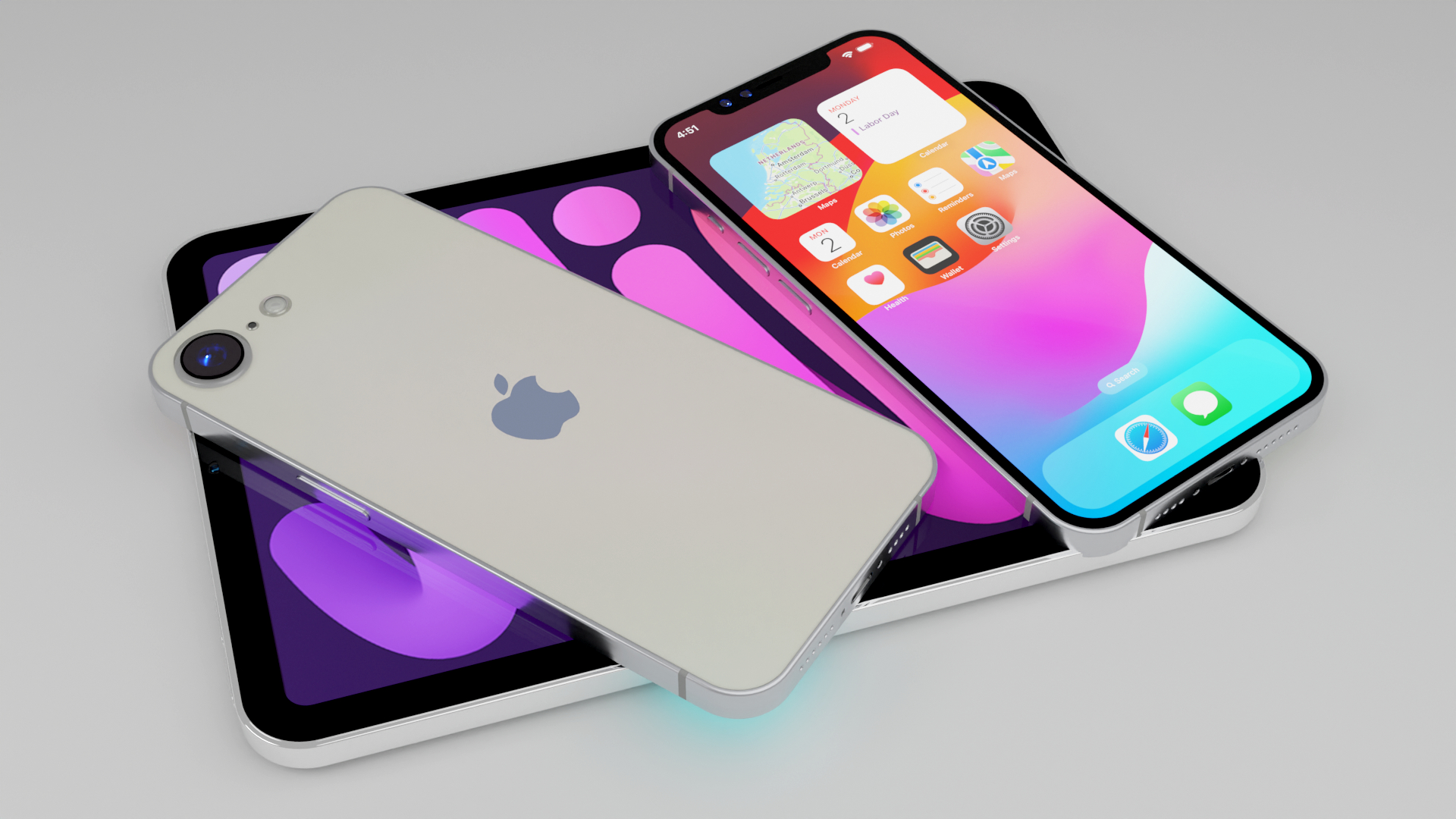The iPhone 17 Air and iPhone SE 4 risk upsetting the Apple cart
Keep It Simple, Stupid.

Apple's iPhone selection used to be quite simple. If the number at the end was bigger than yours, it was better, and if the number was smaller, it was cheaper.
Now, Apple has so many iPhones in the mix that we're rapidly approaching the need for corkboard, string, and pins just to help readers make the right decision on buying the smartphone that suits them best.
Complicating matters, reports indicate that Apple plans to release two new phones next year: the iPhone SE 4 and the iPhone 17 Air (or Slim).
Further muddying the decision-making of Apple users, both phones are said to be more affordable single-camera models with specs capable of handling Apple Intelligence features — which is already enough overlap to upset the Apple cart, at least when it comes to deciding which phone makes it to the checkout.
Upsetting the Apple cart: A headache in waiting for consumers
We've long heard of Apple's plans to bring a refreshed iPhone SE to market in 2024. The new budget-friendly iPhone SE 4 will reportedly adopt a more modern iPhone 14-esque aluminum design with a single 48-megapixel rear camera setup, an Apple Intelligence-ready A17 Pro or A18 chipset with 8GB of RAM, and the infamous screen "notch" of previous iPhone models.
In a research note for Haitong International, sourced by MacRumors, industry analyst Jeff Pu claimed the new iPhone 17 Air (or slim), said to replace the iPhone 16 Plus, will offer a more affordable mainline iPhone model with a modern aluminum design, a single 48-megapixel rear camera setup, an Apple Intelligence-ready A19 chipset with 8GB of RAM, and a narrower version of the infamous Dynamic Island.
If those previous paragraphs seem like too much of a copy-paste job, that's entirely my point. One thing that the iPhone 17 Air reportedly has going for it is its M4 iPad Pro-like ultra-thin frame. However, I'll reserve my judgment on this being a pro until we can be sure we don't have another iPhone 6 "Bendgate" on our hands.
Sign up to receive The Snapshot, a free special dispatch from Laptop Mag, in your inbox.
Their on-paper differences lead to the option of a powerful chipset or a slightly more powerful chipset. The differences between the two (from what we know so far) are negligible at best and a confusing cash grab at worst.
Keep It Simple, Stupid
A company like Apple, whose entire design ethos seems to be "Clean, simple, and easy to use," should long since have understood the value of clarity.
While the current iPhone lineup seems a little muddy across two tiers of models already, the future iPhone lineup feels like it could slip into the realms of becoming a complicated Venn diagram with several layers overlapping at once.
It's time for Apple to consider treating its catalog like its titanium and ceramic shield smartphones and apply the same design principles. Notably, "Keep it simple, stupid" and "Less is more."
Why develop phones to rival and bicker with one another in specs and size when a simple spread of only three would offer everything needed on a far less complicated silver platter?
The iPhone SE 4 and iPhone 17 Air don't need to coexist. Honestly, neither did the iPhone 16 and 16 Plus, and neither did the iPhone 16 Pro and Pro Max.
The iPhone SE 4 would be a fantastic budget option for iOS users if only Apple would adopt an annual refresh cycle for the SE. The iPhone 17 could be the midrange phone for everybody as long as it holds true to its $799 price tag. Finally, the iPhone 17 Pro would be ready to supply gamers, photographers, developers, and more with a premium smartphone that does it all.
It's really not that hard. So why is Apple so dead set on making it so?
More from Laptop Mag
- How Apple Intelligence could fix iOS' biggest flaw
- Here are 3 reasons to get excited about iOS 18.1 — Apple Intelligence comes to iPhone later this month
- Apple is replacing the iPhone 17 Plus with something even better

Rael Hornby, potentially influenced by far too many LucasArts titles at an early age, once thought he’d grow up to be a mighty pirate. However, after several interventions with close friends and family members, you’re now much more likely to see his name attached to the bylines of tech articles. While not maintaining a double life as an aspiring writer by day and indie game dev by night, you’ll find him sat in a corner somewhere muttering to himself about microtransactions or hunting down promising indie games on Twitter.
